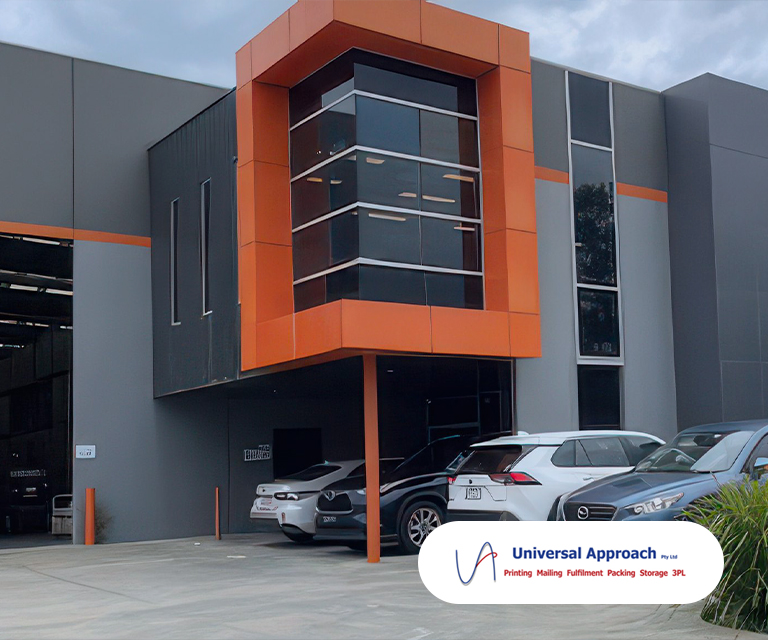The Australian manufacturing industry is on the verge of a resurgence driven by a revolutionary technique that will let manufacturers lower costs, streamline product development processes, create bespoke and short-run products, reduce waste, and operate more efficiently. This technique is additive manufacturing, also known as 3D printing, and the aerospace and defence industries are already seeing many of these benefits. Aerospace and defence engineers are constantly looking for ways to make things smarter, lighter, and stronger. As engineers invent new airplanes, spacecraft, drones, and more, being able to rapidly create and test prototypes using industrial 3D printing slashes years off the development cycle and massive amounts off the cost of innovation.
Additive manufacturing can be used to produce materials like airplane wings or components like engine parts. It can also be used to create the items that supplement the manufacturing process such as brackets, mounts, and more. Creating functional end-use parts also a realistic goal, especially with industrial 3D printers that can use metals and composite materials.
Additive manufacturing is a perfect fit for the aerospace and defence industry because of its impact on economies of scale. It produces objects by layering materials on top of each other, which lets it create complex geometries that would be challenging to build using legacy manufacturing techniques such as casting. And, unlike traditional manufacturing, additive manufacturing creates much less waste because the part is generated from the ground up rather than cut out of a piece of existing material. This has a measurable impact on costs and can also create complex parts with reduced weight without sacrificing performance.
Benefits in the defence and aerospace industry
The defence and aerospace industries are moving past using additive manufacturing to create non-structural parts and into using it for secondary parts and crucial systems applications. The benefits of using additive manufacturing for aerospace and defence include:
1. Distributed manufacturing and production
Time-to-market plays a major role in any organisation’s success. In the defence and aerospace industries, fast time-to-market can be even more important, playing a key role in the protection of Australia’s interests at home and overseas. For example, if a vehicle or aircraft requires immediate repairs, the required part can be 3D printed on base, along with any tools that may be required to install the part. This means new parts and specialised tools don’t necessarily have to be held in stock or shipped around the world, resulting in faster repairs and the ability for that vehicle or aircraft to get back to work sooner.
2. Reduced supply chain cost
The limitations of traditional manufacturing mean that many components need to be created as smaller, individual parts. This adds cost, complexity, and the potential for error to the manufacturing process. Additive manufacturing lets manufacturers create composite components that combine those individual parts into a single piece. This has a trickle-down impact throughout the supply chain, resulting in a tighter and improved supply chain with a more reliable and consistent production level. When opportunities for localised production prevail, it decreases the shipping costs and lead times needed by traditional manufacturing methods.
3. Simplify parts through consolidation
3D printing lowers the assembly time and reduces possible failure points. Additive manufacturing streamlines parts and reduces the waste made by traditional manufacturing methods. Using additive manufacturing, engineers can manufacture complex designs which are challenging to build using traditional methods. This means engineers have the freedom to create parts that can deliver the best performance. They can use smarter design geometries, eliminate tooling and fixture costs, and boost the durability and lifecycle of parts from a manufacturing perspective.
4. Bring aged machines back to life
Often older defence and aerospace machines, vehicles or aircraft have plenty of useful life left in them but can’t be repaired because parts are no longer available or the original tooling has been destroyed or misplaced. With additive manufacturing, these machines can be kept in the air or on the ground safely, maximising their lifecycle and delivering a stronger return on investment.
Aerospace and defence organisations are all at different stages of adopting additive manufacturing and the potential benefits of this unique technique can dramatically impact operations for the better. It’s important for organisations to understand how they can include AM as part of their manufacturing process.
To find out more, contact the Konica Minolta team today.





